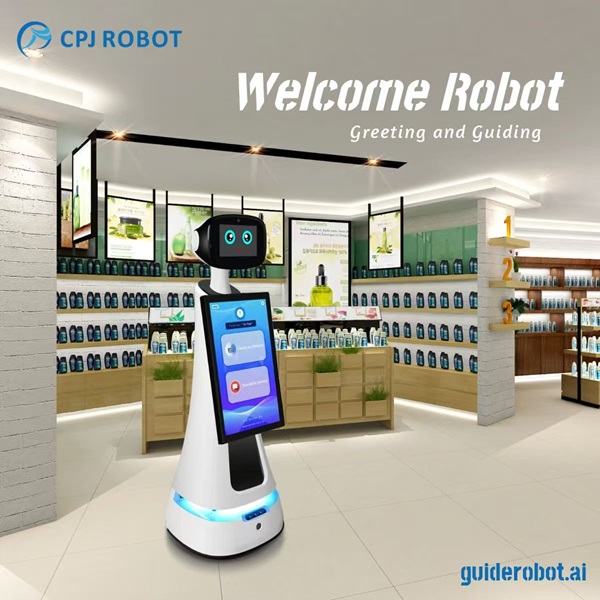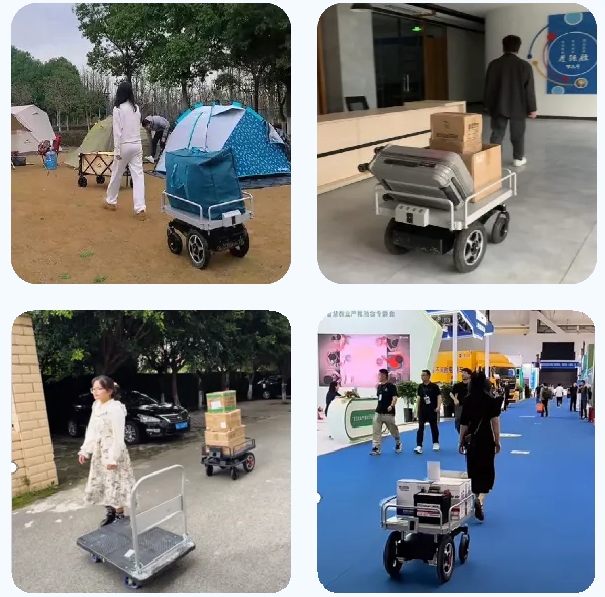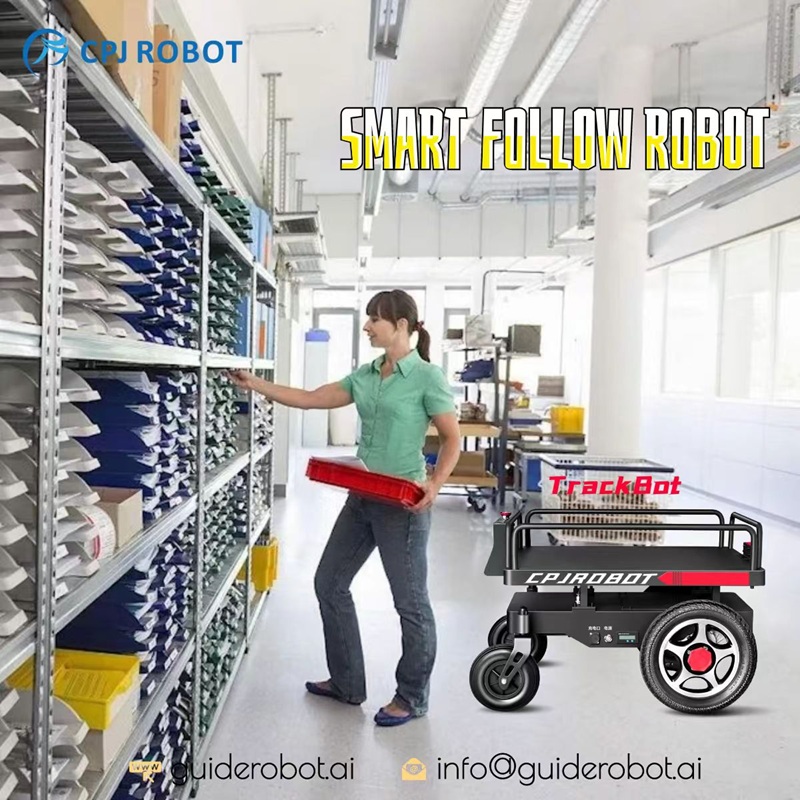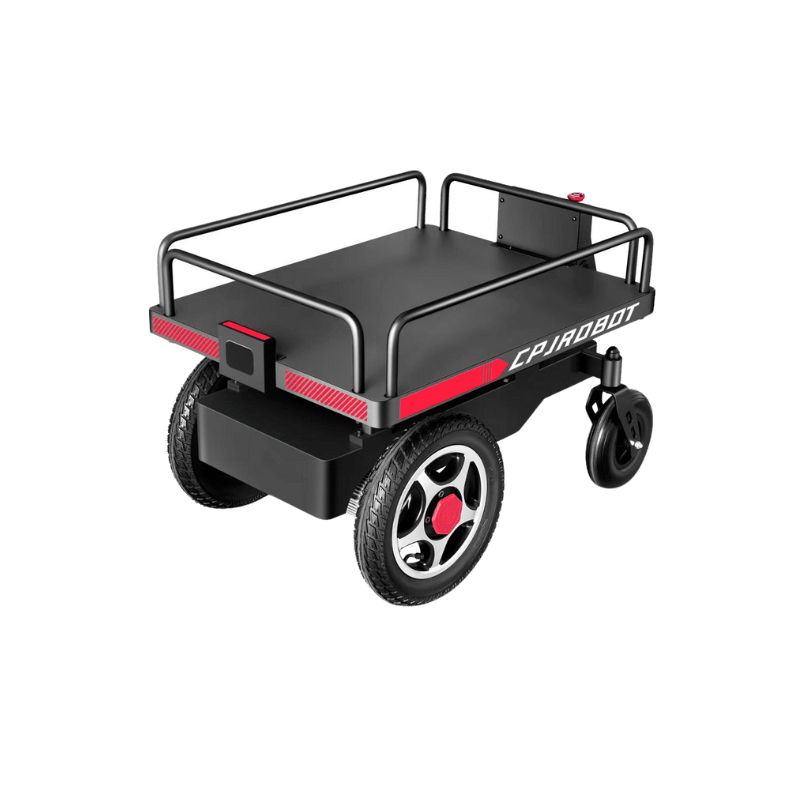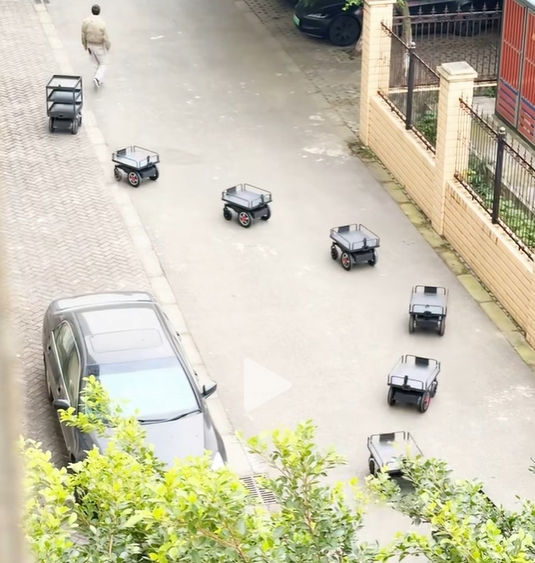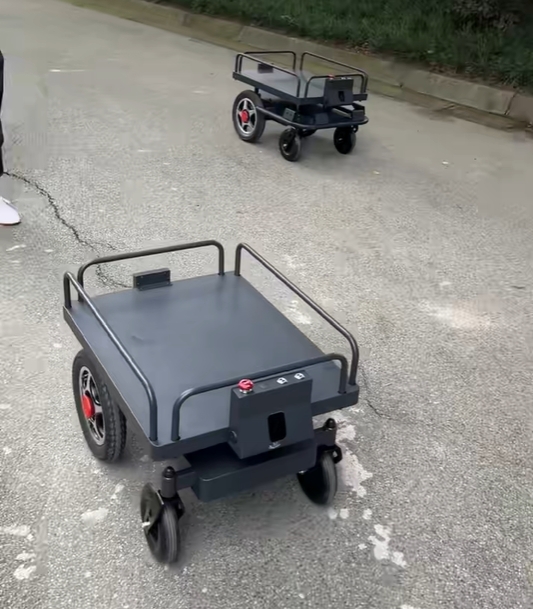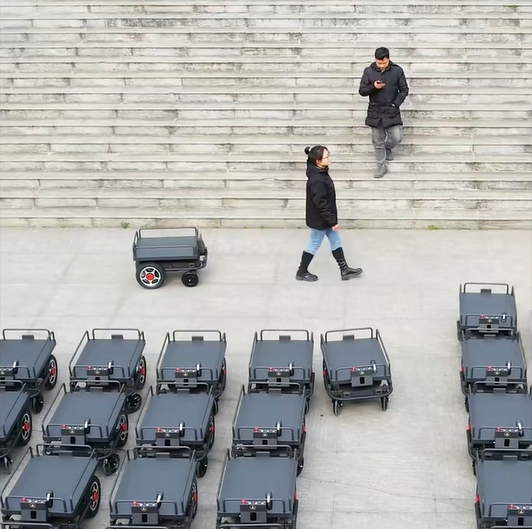Introduction
As exhibitions become increasingly dynamic and interactive, guide robots have emerged as technological marvels, redefining the attendee experience and event management. These robots are not just tools for guiding visitors—they’re intelligent systems packed with groundbreaking innovations that enhance navigation, interaction, and data-driven decision-making.
In this blog, we’ll explore the cutting-edge technological advancements behind guide robots and how these features revolutionize exhibitions for organizers and attendees alike.
Key Technological Innovations of Guide Robots in Exhibitions
- Autonomous Navigation and Localization
- SLAM Technology: Many guide robots leverage Simultaneous Localization and Mapping (SLAM) to build real-time maps in unfamiliar environments. This enables precise navigation, dynamic obstacle avoidance, and path optimization, even in the ever-changing layouts of exhibitions.
- High-Precision Sensors: Equipped with advanced sensors like LiDAR, vision cameras, and tactile sensors, guide robots achieve superior environmental perception. These sensors help the robots recognize objects, avoid collisions, and navigate through complex exhibition spaces efficiently.
- Enhanced Human-Robot Interaction
- Voice Recognition and NLP: Modern guide robots incorporate voice recognition and natural language processing (NLP) capabilities, allowing them to interact naturally with visitors. They can answer questions, provide directions, and share event details, making the experience seamless and engaging.
- Visual Recognition Technology: By using image recognition, robots identify exhibits, landmarks, or booth numbers and offer tailored information. This transforms the robots from mere navigation aids to interactive information providers.
- Data Analysis and Personalized Services
- Big Data Analytics: Guide robots gather and analyze visitor behavior data, such as dwell times and movement patterns. Organizers can leverage this data to refine event layouts and enhance future exhibitions.
- Personalized Guidance: Advanced robots with facial recognition can recall previous interactions and offer personalized guidance and recommendations, improving visitor satisfaction and engagement.
- Open Platforms and Multi-Robot Collaboration
- Open Operating Systems: Many robots use open platforms that allow developers to customize services for specific industries or events. This flexibility enables robots to adapt to diverse exhibition requirements.
- Multi-Robot Collaboration: In large exhibitions, multiple robots can work together, dividing tasks such as guiding visitors, delivering items, or providing information. This collaborative approach boosts efficiency and ensures smooth operations.
Conclusion
Guide robots represent the cutting edge of innovation in exhibition technology. With autonomous navigation, intelligent interaction, advanced data capabilities, and multi-robot collaboration, they are transforming how exhibitions are experienced and managed.
By integrating these technological advancements, guide robots not only enhance visitor satisfaction but also provide organizers with the tools to create smarter, more efficient events. As these innovations continue to evolve, guide robots are poised to become indispensable in shaping the future of exhibitions.
For organizers and exhibitors, adopting guide robots is more than a technological upgrade—it’s a strategic move toward creating unforgettable, highly efficient events.
